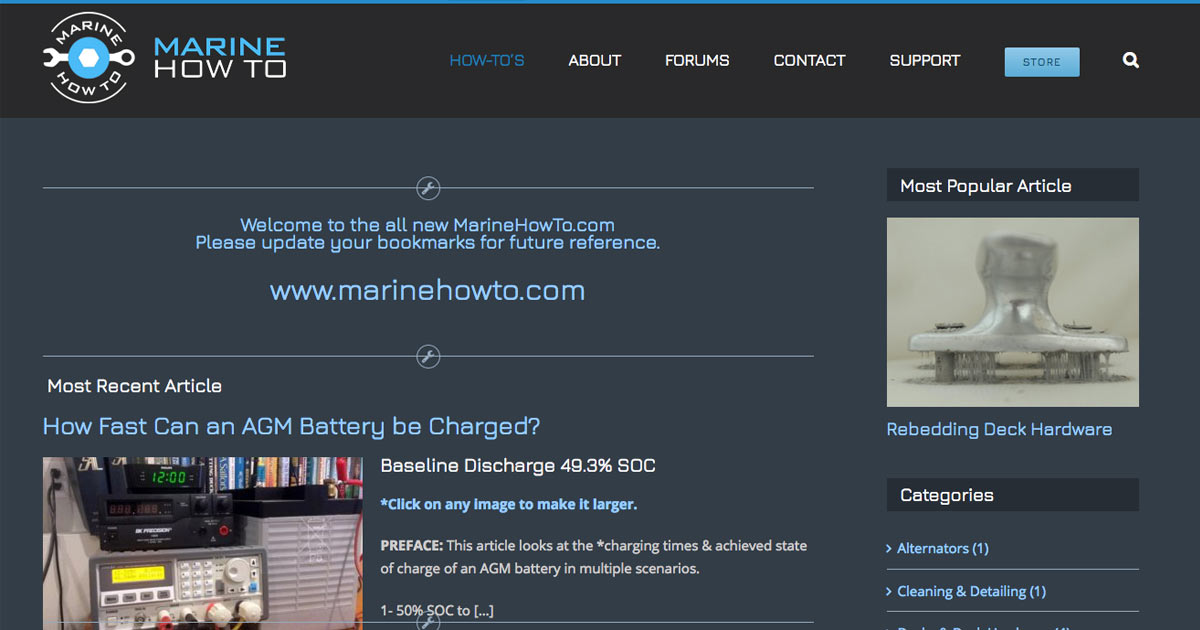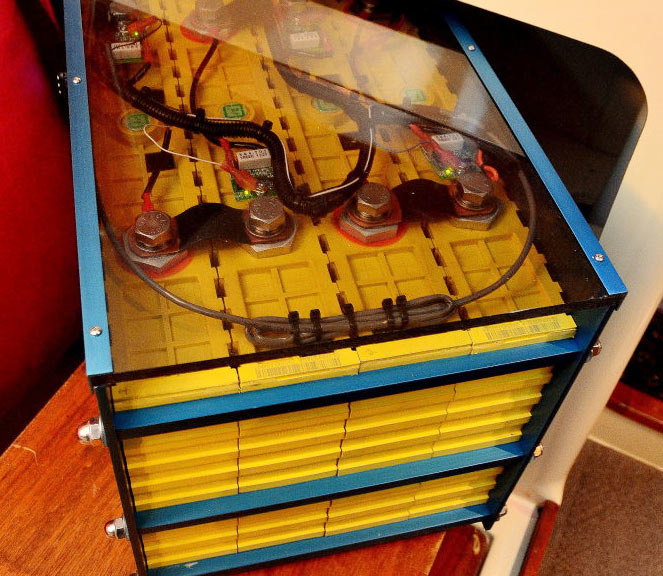Hello Gang,
I am in the process of upgrading my alternator and regulator on my sailboat, and I ALMOST pulled the plug on 100% balmar setup (alternator, regulator, display, bluetooth), until I found some posts on this site that swayed me a bit toward Victron/Wakespeed and now here I am with questions...
Here's my existing setup:
1. Do I need a BMS at this point? Or does that only come in with the LithIon changeover?
2. Do I need a DC-DC smart charger? For what?
3. How many smart-shunts are needed in this setup?
4. With the dedicated laptop, would you skip the inevitable NMEA <-> Raymarine headache? Or, would you toss all that and get the GX Touch?
5. I'm assuming I'd pull out the watt wizard at this point? As it's redundant with the CerboGX
6. Am I on the right track???? Missing anything???
Cheers,
Jen
I am in the process of upgrading my alternator and regulator on my sailboat, and I ALMOST pulled the plug on 100% balmar setup (alternator, regulator, display, bluetooth), until I found some posts on this site that swayed me a bit toward Victron/Wakespeed and now here I am with questions...
Here's my existing setup:
- Perkins 4.108 50hp
- 70A alternator (from Graham Auto)
- Silver Bullet regulator
- QuadCycle (from Cruising Equipment Co.) acting as Amp-Hour monitor and a charge regulator
- 4 6v Lead Acid Batteries (technically 2 banks of 12v, but I always run them on BOTH with the battery selector switch so it's just the 1 house bank at 12V)
- Xantrex TrueCharge 2 shore power charger
- 3 solar panels, each with their own Victron MPPT controller
- 1 wind-generator with it's own controller
- WattWizard display showing solar/wind
- Raymarine A-97 MFD
- Dedicated PC laptop onboard.
- Upgrade to 100A alternator. I'm eyeing the Balmar 6-Series 100A Dual Vee, but I am totally open to suggestions.
- Upgrade to the Wakespeed WS-500 regulator
- Pull out the QuadCycle system all together
- Add the Victron Cerbo GX, using the inputs for my solar, wind, water tank levels)
- Use NEMA2000 or MFDHTML5 to display all data on my Raymarine MFD.
1. Do I need a BMS at this point? Or does that only come in with the LithIon changeover?
2. Do I need a DC-DC smart charger? For what?
3. How many smart-shunts are needed in this setup?
4. With the dedicated laptop, would you skip the inevitable NMEA <-> Raymarine headache? Or, would you toss all that and get the GX Touch?
5. I'm assuming I'd pull out the watt wizard at this point? As it's redundant with the CerboGX
6. Am I on the right track???? Missing anything???
Cheers,
Jen






